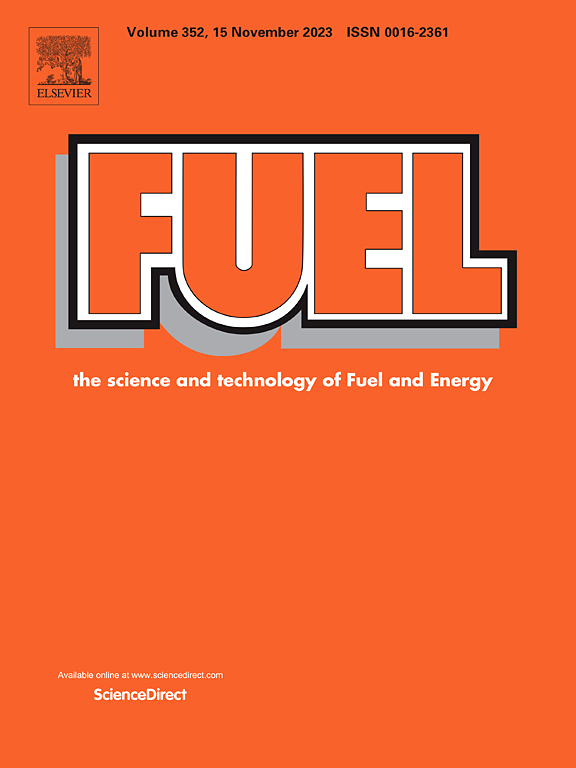Enhanced electrocatalytic hydrogen evolution over a two-dimensional Ti3C2 MXene/FDU-12 templated-nanoporous NiO-decorated carbon paste electrode
IF 6.7
1区 工程技术
Q2 ENERGY & FUELS
引用次数: 0
Abstract
Noble metal-free electrocatalysts have become a crucial component for efficient hyrogen production through the electrochemical hydrogen evolution reaction (HER). Notably, MXene, a unique two-dimensional (2D) transition metal carbide/nitride material, has shown several advantageous properties such as, excellent conductivity, stability, and high surface area, which are promising as electrocatalyst for HER, especially in the alkaline electrolytes. Herein, we design an Ti3C2 MXene electrocatalyst decorated by the nanoporous nickel(II) oxide (NiO) on the carbon-paste electrode (CPE), coded as CPE-MXene/n-NiO. The electrochemical HER evaluation demonstrates that CPE-MXene/n-NiO has the best performance with an overpotential of 233 mV at a current density of 10 mA cm−2. Other electrodes, bare CPE, CPE-MXene, and CPE-n-NiO shows lower overpotentials of 630 mV, 415 mV, and 396 mV, respectively, at the same current density. Moreover, CPE-MXene/n-NiO also displays the lowest Tafel slope (24 mV dec−1) with a stable performance after 1000 cycles. The unique combination of MXene’s layered structures with nanoporosity of n-NiO provides seamless difussion, whereas the highly electroconductive properties of MXene are beneficial for fast charge transfer. In addition, the density functional theory (DFT)-based calculations indicate that the balance between H* adsorption and desorption is most optimized at the interface of MXene and NiO, which substantially enhances the hydrogen evolution reaction.
求助全文
约1分钟内获得全文
求助全文
来源期刊

Fuel
工程技术-工程:化工
CiteScore
12.80
自引率
20.30%
发文量
3506
审稿时长
64 days
期刊介绍:
The exploration of energy sources remains a critical matter of study. For the past nine decades, fuel has consistently held the forefront in primary research efforts within the field of energy science. This area of investigation encompasses a wide range of subjects, with a particular emphasis on emerging concerns like environmental factors and pollution.
 求助内容:
求助内容: 应助结果提醒方式:
应助结果提醒方式:


